Diving into the Depths of Malaria Treatment: The Top Five Game-changers in Combating the Scourge
From ancient times, humans struggled to fight malaria, utilizing a variety of natural remedies and techniques. During ancient Rome, for example, they discovered that certain plants could mitigate symptoms. But the real breakthrough occurred in the 17th century with the introduction of quinine, extracted from Cinchona tree bark. By the 20th-century, synthetic antimalarials like chloroquine and proguanil appeared, changing the landscape of malaria treatment.
Moreover, it was the discovery of artemisinin in traditional Chinese medicine in the 1970s, that led to the development of common modern-day treatments like artemether-lumefantrine. The growth in this field has been accelerated further in the past few decades, especially with the increasing drug resistance of the Plasmodium parasite causing malaria. This historical context aids our understanding of how we reached existing treatments and the amount we still need to progress.
Artemisinin-based therapy: The Gold Standard
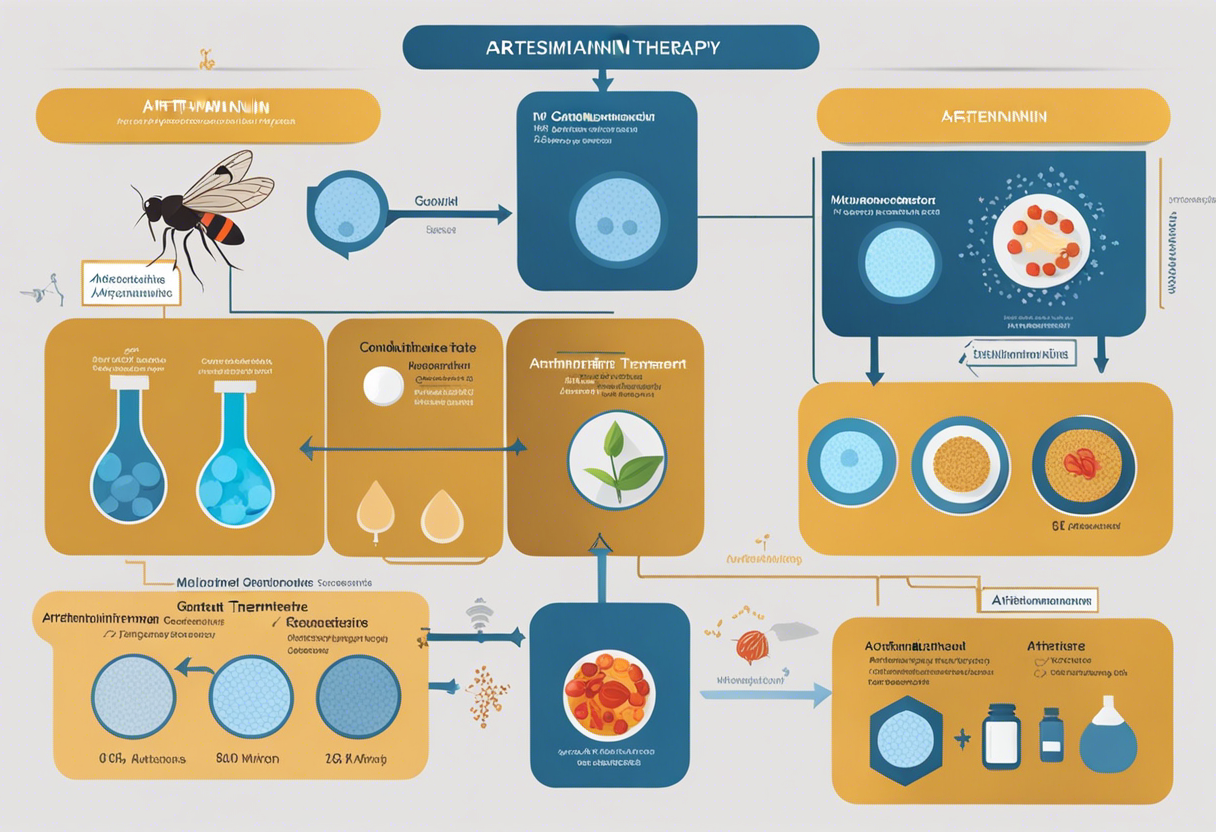
Artemisinin-based combination therapy (ACT) revolutionized malaria treatment. Derivatives like artemether and artesunate are paired with an additional antimalarial for increased effectiveness. ACTs are particularly effective against P. falciparum, the most deadly malaria species.
However, these therapies are not without drawbacks, with reported resistance, particularly in regions of Southeast Asia. Understanding ACT's effectiveness and limitations can offer insights into the trajectories of future treatments and prevention strategies.
The Promise of Vaccines
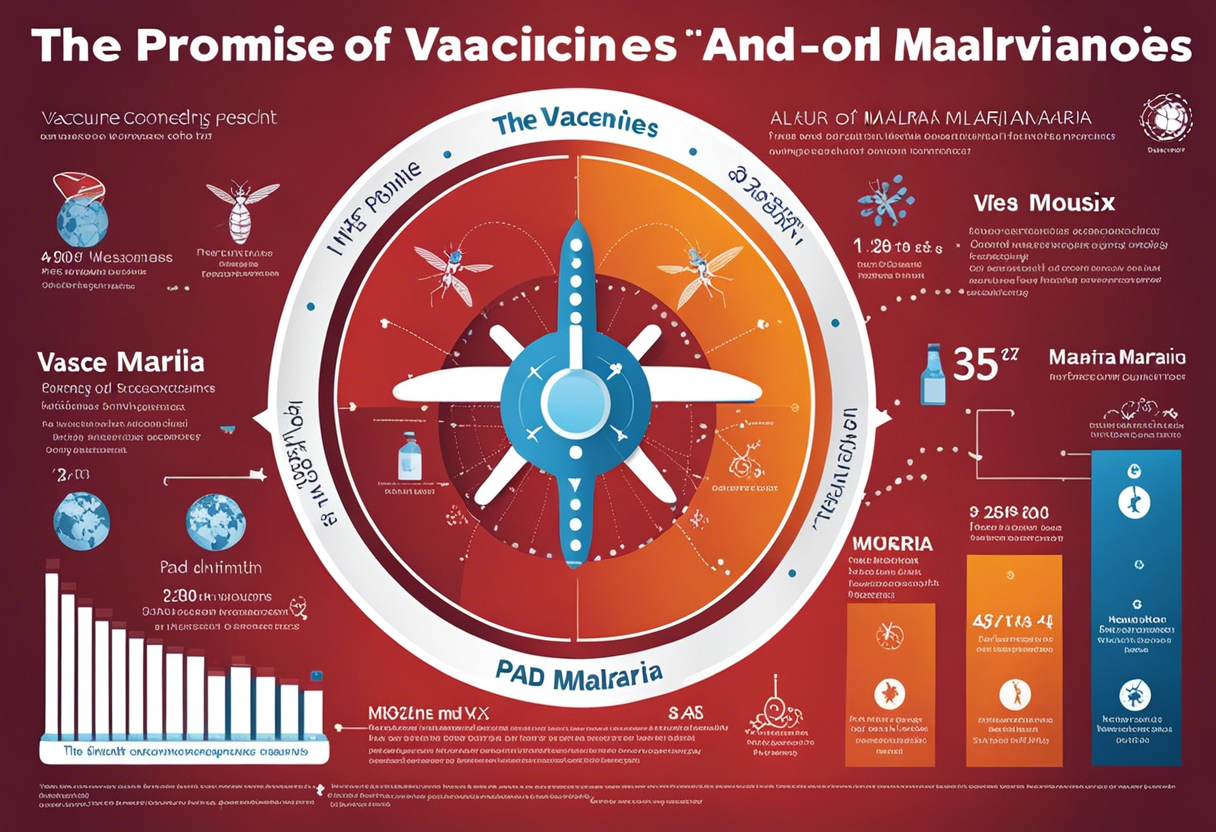
Malaria vaccines represent an exciting development in malaria control. The RTS,S/AS01 (trade name Mosquirix), developed by GlaxoSmithKline, is the first and currently the only vaccine approved for use by the World Health Organization. It aims to trigger the immune system to defend against the P. falciparum parasite.
Nevertheless, the vaccine presents some challenges, such as partial immunity, a high number of doses, and limited influence on malaria mortality. Yet, it's a step forward in combating this disease, and ongoing research continues to improve vaccine formulations.
Genetic Engineering – CRISPR and Gene Drives
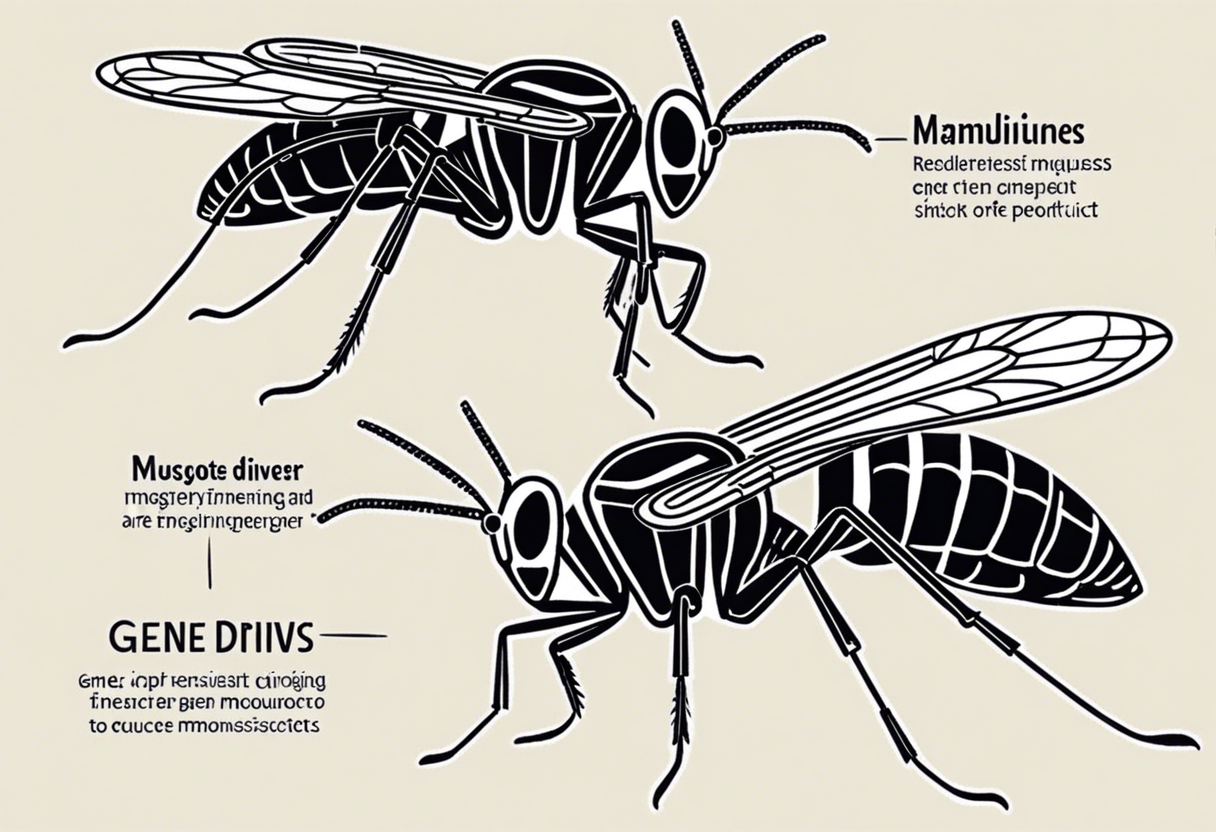
Scientists are currently experimenting with ways to genetically engineer mosquitoes to reduce or even eradicate malaria transmission. CRISPR gene editing technology and "gene drives" can create mosquitoes resistant to the Plasmodium parasite or inhibit their reproduction.
This represents a powerful, yet controversial, approach due to potential unforeseen consequences on ecosystems. However, it undeniably opens up new possibilities for not just managing, but potentially eradicating malaria.
Developing Rapid Diagnostic Tools
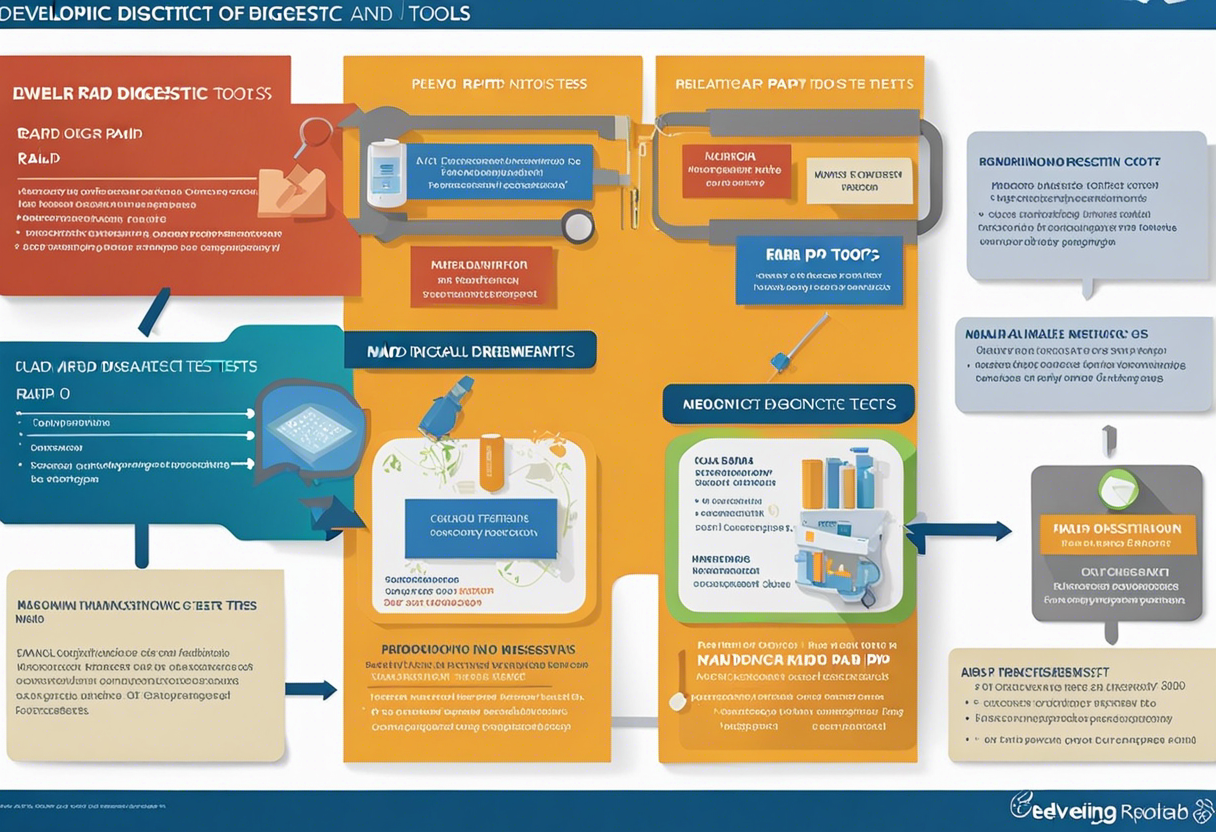
Accurate and timely diagnosis is a crucial step in ensuring effective malaria treatment. Rapid diagnostic tests (RDTs), which detect malaria antigens in the blood, have been a key innovation, allowing for quick detection even in resource-poor settings.
Emerging technologies are now focusing on even more cost-effective, non-invasive methods, such as breath tests. The more accurately we can diagnose malaria, the more targeted our treatments will be, reducing the odds of drug resistance.
The Future of Malaria Treatment: Personalized Medicine
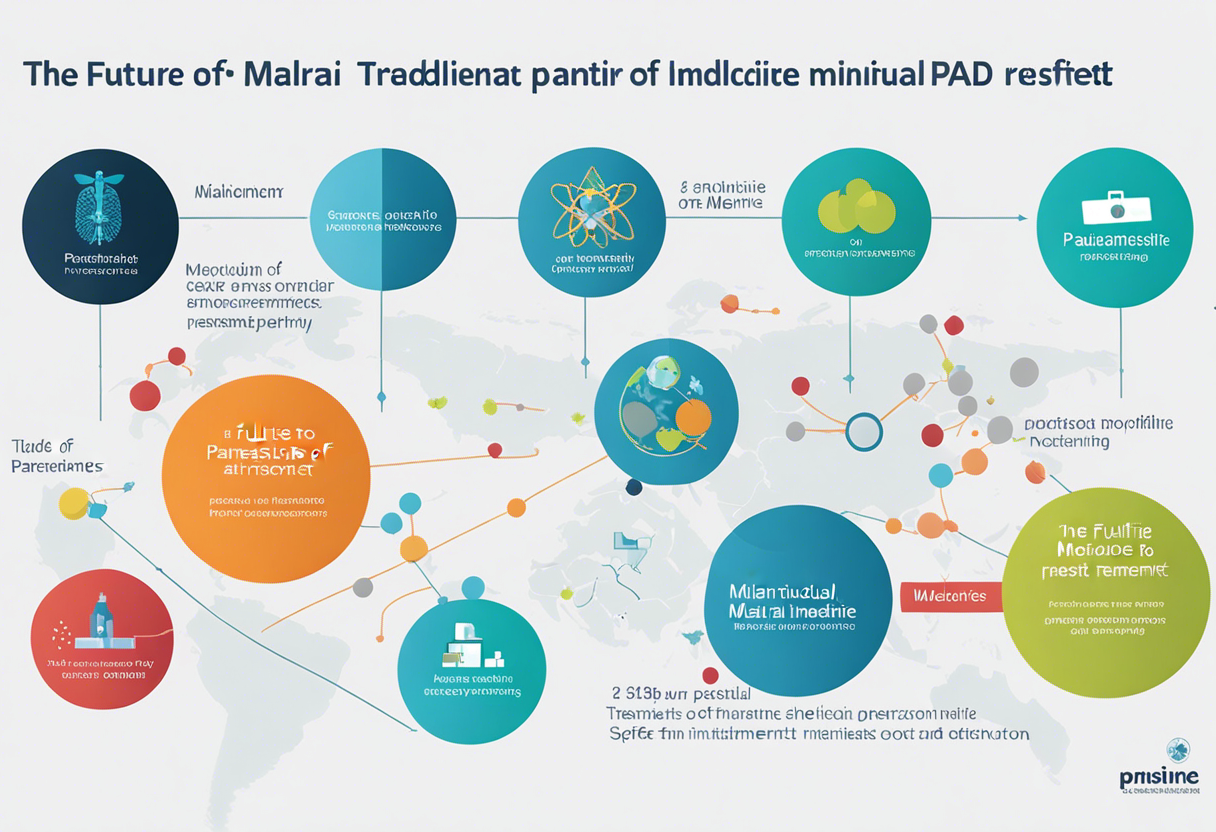
With the emergence of genomic sequencing and 'big data', we are moving closer to the concept of personalized medicine. This could be a game-changer for malaria treatment. Genetic profiling of the parasite and host could potentially lead to treatments tailored to individual patients, maximizing effectiveness and minimizing side effects.
While still a developing science, the promise of personalized medicine could mean a world without malaria is within our grasp. The possibilities it unfolds marks an important cornerstone in progressive malaria treatment strategies.